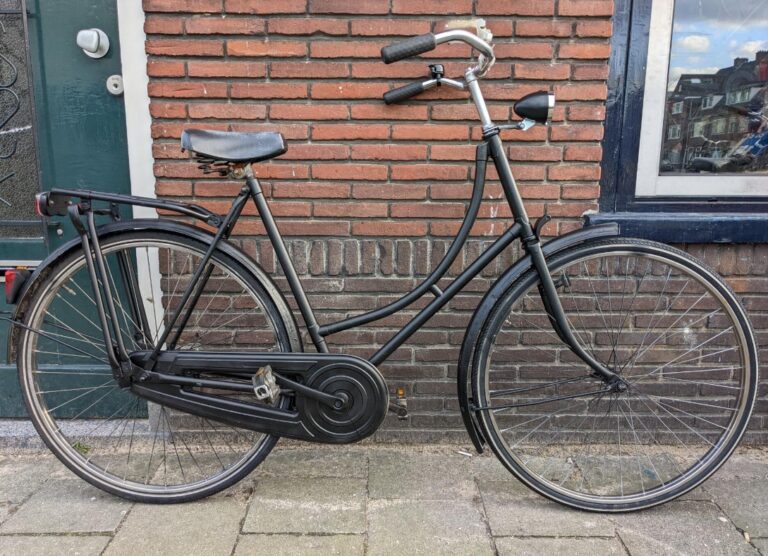2014 Polaris Sportsman 90 Carburetor Adjustment [Procedure]
Although Mikuni was the standard carburetor on the Polaris Sportsman 90, other carburetors are available. Before making the 2014 Polaris Sportsman 90 Carburetor Adjustment, especially if it’s after-market, you should familiarize yourself with it and read the handbook. Fortunately, compared to other parts, adjustment screws are exclusive to most carburetors.
The carburetor’s performance is influenced by various conditions, including temperature, humidity, and changes in air density brought on by rising altitude. Additionally, the carburation is affected by the fuel type, with easy-to-vaporize fuel performing better. It makes the most sense to tweak the carburetor to retain performance when these two have altered.
By adjusting the carburetor, the ideal engine speed for both idling and running is sought after. You can fix the RPMs by altering the air and fuel mixture, which a carburetor uses to blend the two in different ratios. They are simple to control because they are located on the external side of the carburetor.
The engine runs lean when there is too much air in the carburetor. When the engine is lean, it frequently won’t start or will knock after starting, endangering the engine. There is too much fuel in the mixture if the carb is rich. The engine frequently produces too much smoke and performs poorly due to the surplus of gasoline.
Table of Contents
2014 Polaris Sportsman 90 Carburetor Adjustment
Turn the longer golden idle speed screw on your Polaris Sportsman 90 carburetor clockwise or counterclockwise to alter the idle speed. The engine will be rich when turned clockwise, tightening, whereas lean when turned counterclockwise. You should also adjust the air screw next to the flaring entry to guarantee optimal airflow.

The speed for the Polaris Sportsman 90 should be 800 rpm is increased by turning the idle screw in a clockwise direction. Depending on the surroundings, the engine can idle at any speed between 800 and 1000 rpm.
You may read more about Polaris Sportsman 90 carburetor adjustment in the article. A picture of the carburetor will also be included as a visual help. Mikuni, a business, made the 2001 Polaris Sportsman 90’s original carburetor.
Nevertheless, several aftermarket carburetors are also utilized and compatible with the engine. The Polaris Sportsman Mikuni carburetor can be seen in the image above.
How To Adjust Polaris Sportsman 90 Carburetor?
It would help if you took several precautions to safeguard your safety before adjusting the carburetor. To reduce the fire risk, you must first check for and correct any gasoline leaks.
Additionally, protect yourself by using safety gear like gloves and sunglasses. Avoid coming into contact with moving or hot parts like the engine or the fan. Assemble the tools you’ll need for the changes, which include:
- Vacuum gauge (optional)
- Flathead screwdriver

To modify your Polaris 90 Carburetor, do the following:
Connect Your Gauges
Connect the vacuum gauge to the vacuum port if you want to use it to read the mixture.
Discard Air Filters
Like other Polaris ATVs, the air filter is below the seats. Remove the seat to get to the air filters and take them out.
Factory Reset
Reset the idle and air screws to default if the carburetor is new or to start on safe ground. For air screws, Mikuni recommends one-and-a-half or one-and-three-quarter twists. If there are more than two, there is a chance that the screw will come free and fall out. This stage is optional, though; you can begin tweaking from where you are right now.
Start The Engine Warmup
Run your ATV for three to five minutes to warm up the engine. The engine needs to be warmed up to reduce automatic choke and obtain accurate data while adjusting. If you don’t have a kit, keep the engine running and monitor the rpm.
Find The Screws
Determine where the adjustment screw and air filter are located for the ATV’s particular carburetor. The screws are on the left side of the air intake aperture in the Polaris Sportsman 90’s factory carburetor. These screws are typically golden, with the idle screw larger than the air screw.
Tighten The Screws
The engine will sound coarser and be more prone to stall if your idle is excessively rich. Additionally, the smoke coming from your exhaust pipe will be heavier. Observing the spark plug after running your carburetor is one technique to determine if it is lean or rich. The mixture is lean if clear or white and rich if brown or black.
Adjust the idle screw by quarter-turning it counterclockwise to make it lean or vice versa. After making these maneuvers, check your technique by paying attention to your engine’s rpm and throttle sound. If you think the air screw is set at its ideal setting, it’s generally better to leave it alone. You can change the air adjustment screw if the idle screw doesn’t function properly.
How To Adjust An ATV Carburetor?
Step 1
If the engine is running, shut it off and let it cool completely before continuing to prevent burning yourself. Find the air valve adjustment screw and the jet pins. Like tiny gold pins, the jets are visible all over the carburetor’s frame. The carburetor’s lower right or left side will have the air adjustment screw.
Step 2
Locate the carburetor jet adjustment chart in the owner’s handbook. You will be tuning the carburetor to the altitude in your location, so you must have the owner’s manual with the chart. The jets must be set to the correct inlet for the engine to function properly.
Step 3
Use the screwdriver to tighten the jet pins until they are in contact with the carburetor’s frame. The jet pins should be maintained. According to the number of turns recommended in the owner’s handbook, slowly unscrew the pin. The air valve screw should be adjusted similarly.
Conclusion
Any vehicle’s carburetor may be adjusted rather easily. You may modify your idle speed and obtain the perfect RPM using the appropriate equipment and knowledge. Additionally, providing some visual aid in the form of images and diagrams makes the information easier to understand.
The 2014 Polaris Sportsman 90 Carburetor Adjustment is adjusted by turning a few screws. The amount of mixture is changed by turning the idle adjustment screw. The amount of air that is mixed with the fuel is adjusted via the air adjustment screw.

Welcome to the exhilarating world of Matt Rex, a professional car racer turned renowned vehicle enthusiast. Immerse yourself in his captivating blog as he shares heart-pounding adventures, expert reviews, and valuable insights on cars, trucks, jets, and more. Fuel your passion for speed and discover the beauty of vehicles through Matt’s engaging stories and meticulous expertise. Join the ever-growing community of enthusiasts who find inspiration and expert advice in Matt Rex’s blog—a digital hub where the thrill of speed meets the pursuit of knowledge.







